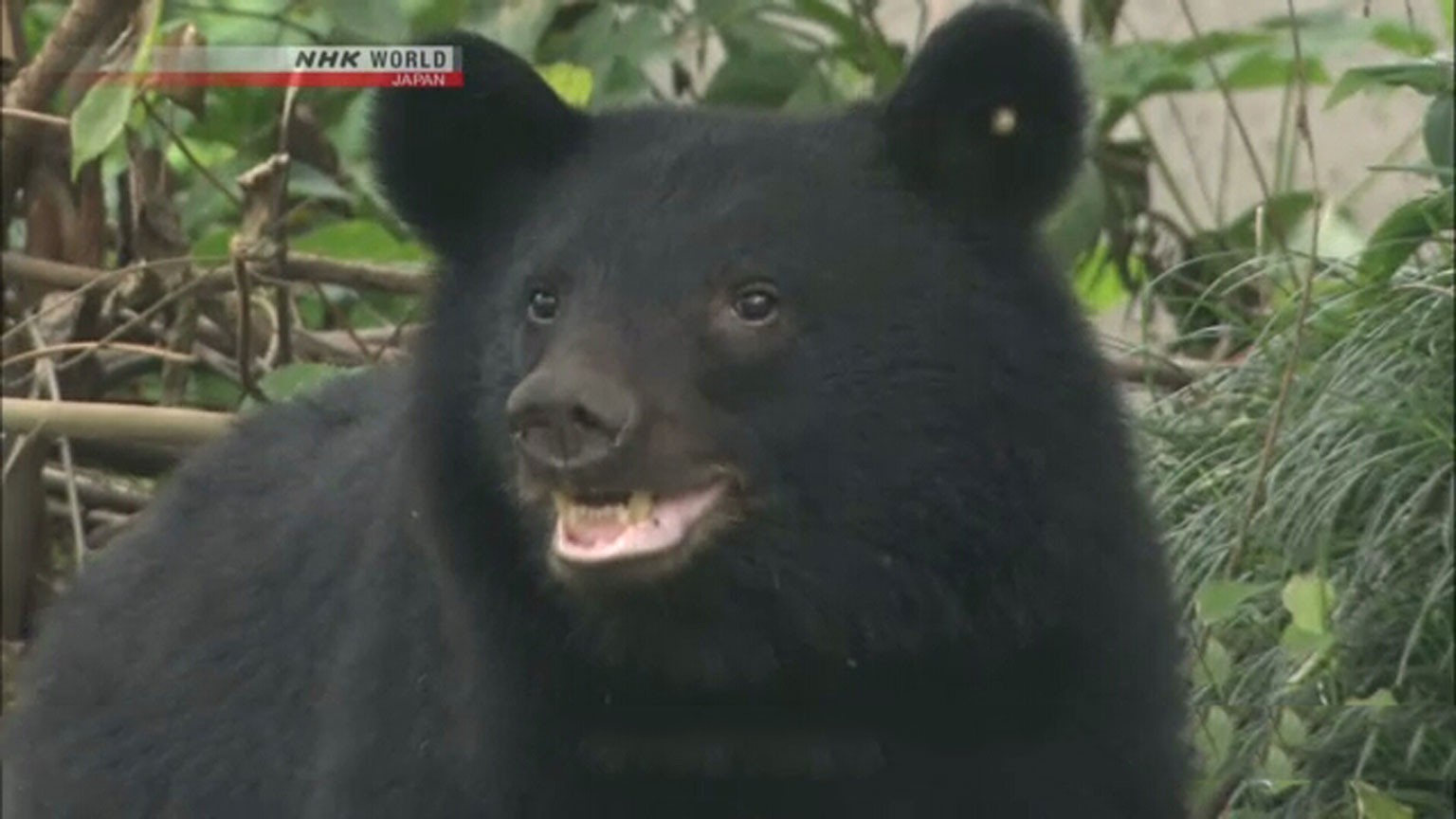Bear encounters led to 53 reported cases of injury across the country, including 15 in Iwate Prefecture, nine in Akita Prefecture and seven in Fukushima Prefecture. The overall number represents an all-time high since record keeping began in fiscal 2007.
Some attacks have been fatal. In May, a fisherman went missing while out on a lake in Hokkaido. A search party found a bear with waders in its mouth and partial human remains nearby. A hunter in the search party shot dead the 1.5-meter-long bear. Later, DNA testing confirmed the remains belonged to the missing person.
Ministry officials warn that more bears are likely to appear in residential areas in the northern part of the country this autumn as they forage for food. The acorns that make up their diet have become scarce in their natural habitat.
What to do if you encounter a bear
Officials in Hokkaido say the estimated number of Ussuri brown bears in the prefecture has reached 11,700 and is on the rise. Experts say the population has at least doubled between 1990 and 2020.
Authorities are particularly concerned about the increasing number of bear sightings and attacks in populated areas.
Rakuno Gakuen University Professor Sato Yoshikazu, an expert on bear ecology, advises people to be aware of areas that are inhabited by bears and places nearby. He says in such locations, people should avoid entering forests or mountains alone. When they do go into such places, they should make noises while walking with items like whistles and even carry bear spray.

The NHK Sapporo bureau has created videos with Professor Sato on how to react in three scenarios where you might encounter a bear: on foot, while cycling and while driving.
The scenes depicted may appear cute, but the risks are real and serious. People who live in or visit areas with bears are advised to use these and other resources to learn about how to handle what could be a life-threatening encounter.
Watch video 0:48
Watch video 0:30
Watch video 0:32


